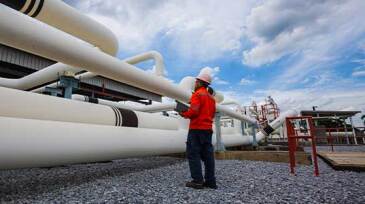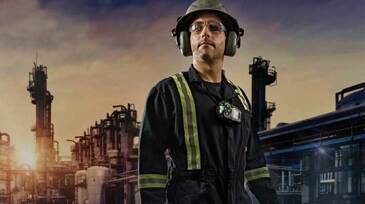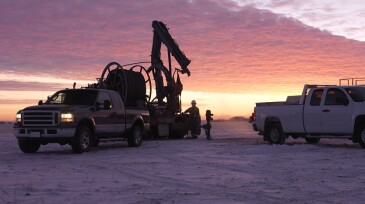safety
-
Driving change to encourage a new way of thinking about enterprise-level risk and potential hazards.
-
The Swiss-based company Hydromea announced advances in underwater optical modem technology and development of an underwater monitoring system capable of daily data sweeps remotely.
-
Many oil and gas workers can operate as lone workers. Fortunately, there are technologies that can help protect isolated and remote employees.
-
The workplace has changed since 2020. Previous safety strategies are now obsolete. We must change our approach to meet the new realities of today. If we don't, anticipate broader organizational challenges in the days ahead.
-
After a barrier was breached in an offshore gas well, the well was made safe by closing a primary barrier. An investigation then revealed the root cause of the failure and led to a solution that safely brought the well back online.
-
One expert says there needs to be a transfer of safety culture from the traditional energy industry to the newer offshoot of renewables.
-
While personal protective equipment has not traditionally had the technological capabilities to help prevent worker injury due to human error, the latest safety innovations, such as gas detection wearables, can help provide visibility and data-driven insights.
-
To explore motor vehicle safety, the agency is conducting interviews with workers as well as focus groups with managers and supervisors.
-
This paper describes an approach implemented by the operator to solve research and development challenges by creating in-house infrastructure of both software and hardware.
-
Where health, safety, and environmental efforts are focused must create value for the organization.










